
Mazda CX-3 4x4 (2015-2020) running costs and reliability
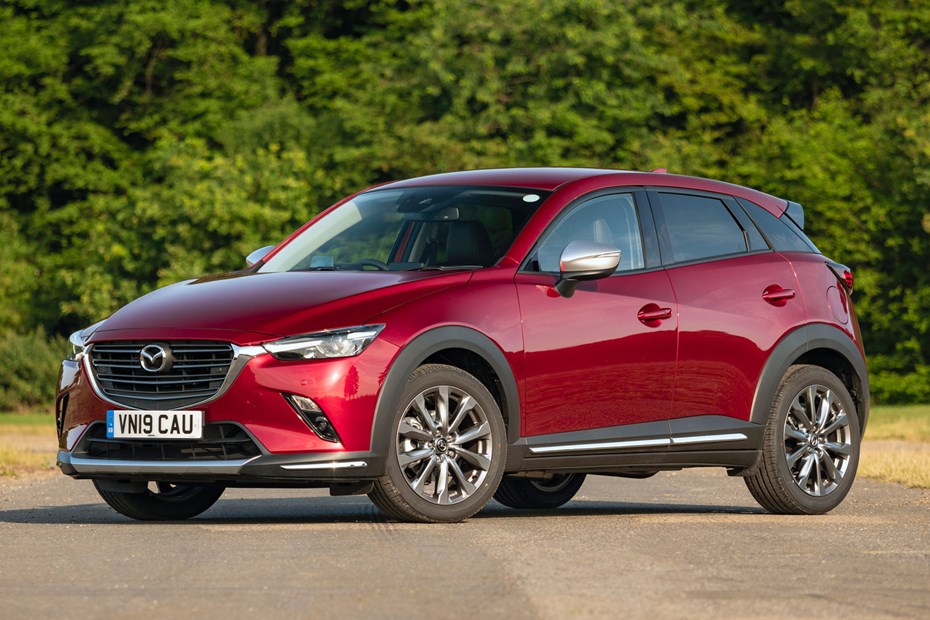
Miles per pound (mpp) ⓘ
| Petrol engines | 5.1 - 7.7 mpp |
|---|---|
| Diesel engines | 6.9 mpp |
Fuel economy ⓘ
| Petrol engines | 34.9 - 52.8 mpg |
|---|---|
| Diesel engines | 54.3 mpg |
- Reasonable running costs across the range
- Diesel the most frugal engine
- Petrols come close to claimed economy
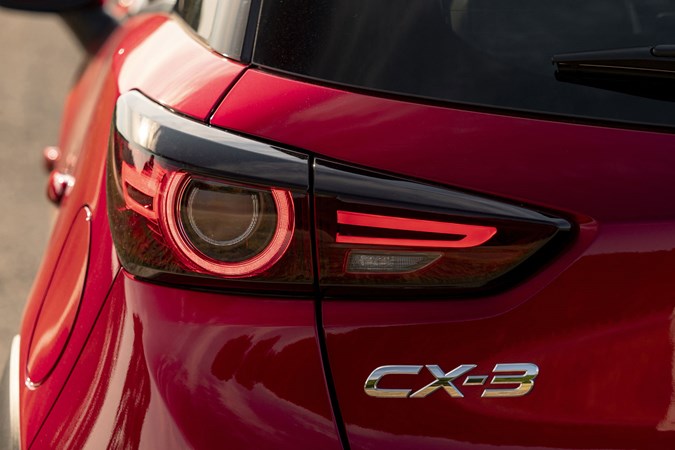
If running costs are a key consideration then scanning through the details of the range’s economy figures and CO2 emissions will make for pleasant reading. Claimed combined economy figures range from 44.1mpg to 70.6 mpg depending on what choice of engine, transmission and drivetrain you opt for.
By far the most economical was the front-wheel drive manual 1.5-litre diesel before the 2018 model-year update when it was phased out, which emitted just 105g/km and was claimed to return up to 70.6mpg. Opt for this engine with four-wheel drive and you’ll see 60.1mpg claimed figures, while this falls again to 54.3mpg if you want an automatic gearbox.
The 1.8-litre SkyActiv-D engine that replaced it is just as frugal, returning up to 64.2mpg and emitting 114g/km.
Petrol engines surprisingly frugal
The petrols aren’t bad either, with the most frugal being the 121hp 2.0-litre unit in front-wheel drive automatic form. It returns a claimed 46.3mpg, while manual versions return up to 45.6mpg. Go for the all-wheel-drive 150hp petrol, and economy falls slightly to 40.4mpg (manual) and 42.2mpg (automatic).
Thanks to Mazda’s Gram Strategy – where unnecessary weight is shed from components in the extreme – and right-sized, rather than down-sized, engines the CX-3 comes closer to these figures than many other rivals.
Green credentials
If low CO2 emissions are a priority, you’ll want the 1.8-litre SkyActiv-D diesel engine, emitting 114g/km.
The petrols make quite a jump when it comes to emissions, the lowest being the automatic-equipped 121hp 2.0-litre unit at 140g/km. The manual version of this engine produces 141g/km.
Go for the AWD 2.0-litre 150hp petrol and emissions jump again to 152g/km for the auto, and 160g/km for the manual.
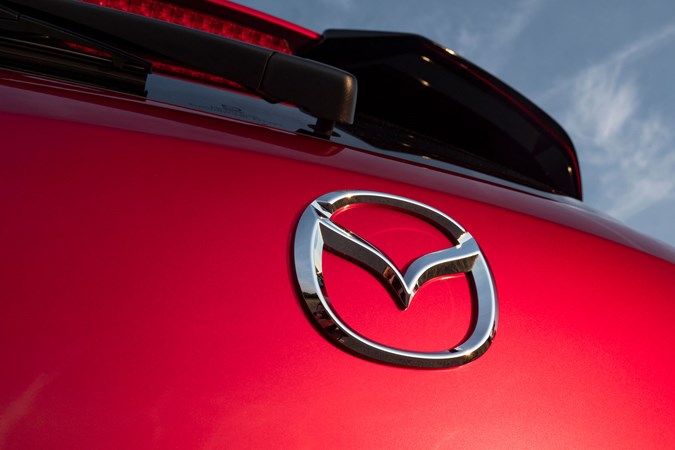
Reliability
- Mazda has a good reputation for reliability
- No recalls for the CX-3 so far
- Warranty will keep you covered for now
As part of its right-sizing routine, with larger than average capacities, the engines in this car are shared throughout much of the rest of the firm’s range, so we’d expect much of Mazda CX-3 reliability to be a paragon of virtue. It’s a company founded on engineering principles too, with an aim to make sure its vehicles are safer, better to drive and last longer.
The cabin has much in common with the Mazda 2, on which the CX-3 is loosely based, and as such feels neatly constructed with an overriding sense of longevity – without any overly-evident cost-cutting measures on show. As is typical for a Japanese car the plastics for the dashboard and door trim is hard and robust rather soft and squidgy, with a view that it’ll still feel equally as solid in twenty years.
If anything does go wrong in the early days, there’s a three-year, 60,000-mile warranty.
Ongoing running costs
| Road tax | £20 - £215 |
|---|---|
| Insurance group | 13 - 18 |
Get an insurance quote with

|
|



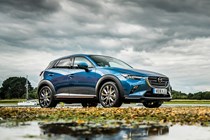
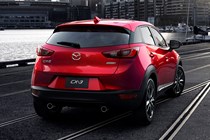
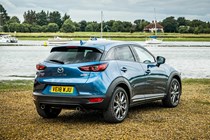
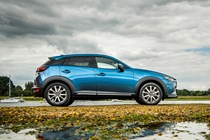
.jpg)
.jpg)
.jpg)
.jpg)
.jpg)
.jpg)
.jpg)
.jpg)
.jpg)
.jpg)
.jpg)
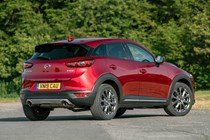
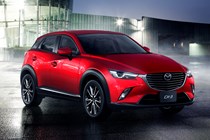
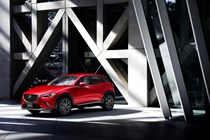
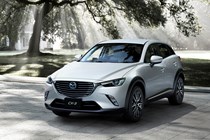
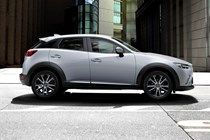
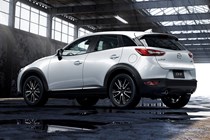
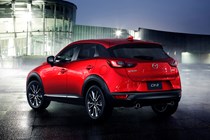
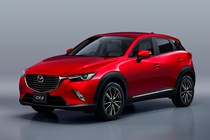
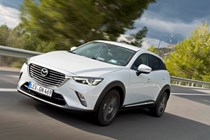
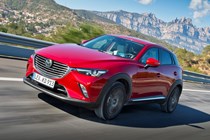
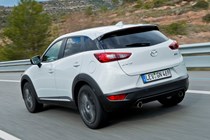
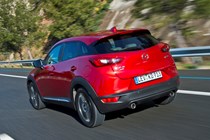
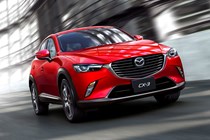
.jpg)
.jpg)
.jpg)
.jpg)
.jpg)
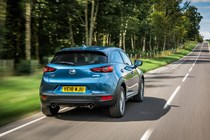
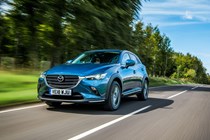
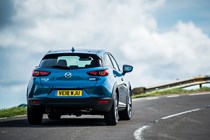
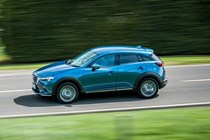
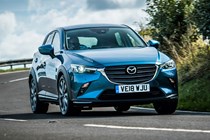
.jpg)
.jpg)
.jpg)
.jpg)
.jpg)
.jpg)
.jpg)
.jpg)
.jpg)
.jpg)
.jpg)
.jpg)
.jpg)
.jpg)
.jpg)
.jpg)
.jpg)
.jpg)
.jpg)


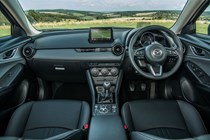
.jpg)
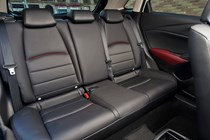
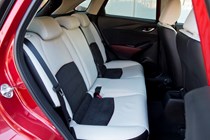
.jpg)
.jpg)
.jpg)
.jpg)
.jpg)
.jpg)
.jpg)
.jpg)
.jpg)
.jpg)
.jpg)
.jpg)
.jpg)
.jpg)
.jpg)
.jpg)
.jpg)
.jpg)
.jpg)
.jpg)
.jpg)
.jpg)
.jpg)
.jpg)
.jpg)
.jpg)
.jpg)
.jpg)
.jpg)
.jpg)
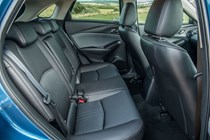
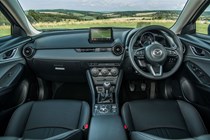
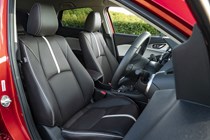
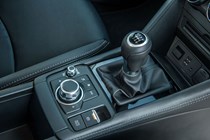
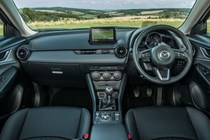
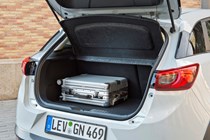
.jpg)
.jpg)
.jpg)
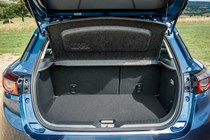
.jpg)
.jpg)

.jpg)
.jpg)
.jpg)
.jpg)
.jpg)
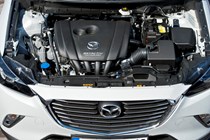





.jpg?quality=50)
.jpg?quality=50)
.jpg?quality=50)
.jpg?quality=50)
.jpg?quality=50)
.jpg?quality=50)
.jpg?quality=50)
.jpg?quality=50)
.jpg?quality=50)
.jpg?quality=50)
.jpg?quality=50)













.jpg?quality=50)
.jpg?quality=50)
.jpg?quality=50)
.jpg?quality=50)
.jpg?quality=50)





.jpg?quality=50)
.jpg?quality=50)
.jpg?quality=50)
.jpg?quality=50)
.jpg?quality=50)
.jpg?quality=50)
.jpg?quality=50)
.jpg?quality=50)
.jpg?quality=50)
.jpg?quality=50)
.jpg?quality=50)
.jpg?quality=50)
.jpg?quality=50)
.jpg?quality=50)
.jpg?quality=50)
.jpg?quality=50)
.jpg?quality=50)
.jpg?quality=50)
.jpg?quality=50)



.jpg?quality=50)


.jpg?quality=50)
.jpg?quality=50)
.jpg?quality=50)
.jpg?quality=50)
.jpg?quality=50)
.jpg?quality=50)
.jpg?quality=50)
.jpg?quality=50)
.jpg?quality=50)
.jpg?quality=50)
.jpg?quality=50)
.jpg?quality=50)
.jpg?quality=50)
.jpg?quality=50)
.jpg?quality=50)
.jpg?quality=50)
.jpg?quality=50)
.jpg?quality=50)
.jpg?quality=50)
.jpg?quality=50)
.jpg?quality=50)
.jpg?quality=50)
.jpg?quality=50)
.jpg?quality=50)
.jpg?quality=50)
.jpg?quality=50)
.jpg?quality=50)
.jpg?quality=50)
.jpg?quality=50)
.jpg?quality=50)






.jpg?quality=50)
.jpg?quality=50)
.jpg?quality=50)

.jpg?quality=50)
.jpg?quality=50)

.jpg?quality=50)
.jpg?quality=50)
.jpg?quality=50)
.jpg?quality=50)
.jpg?quality=50)
